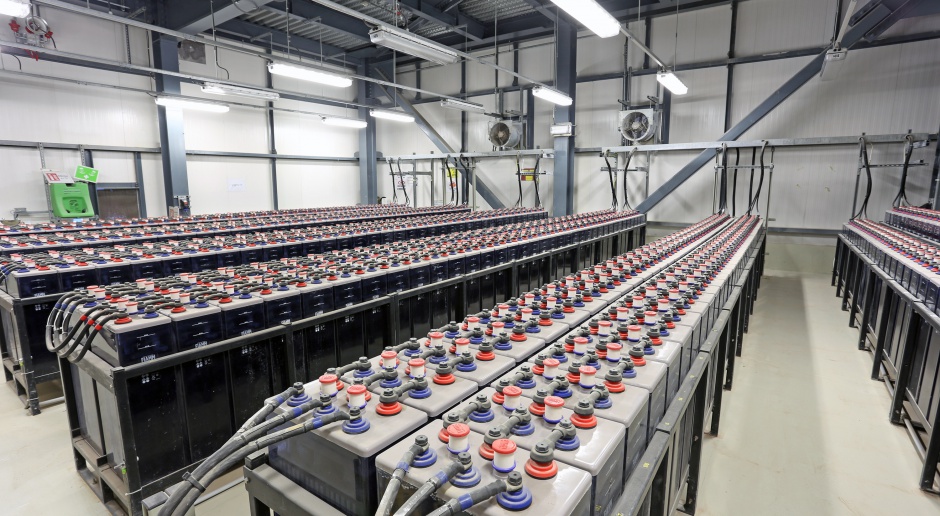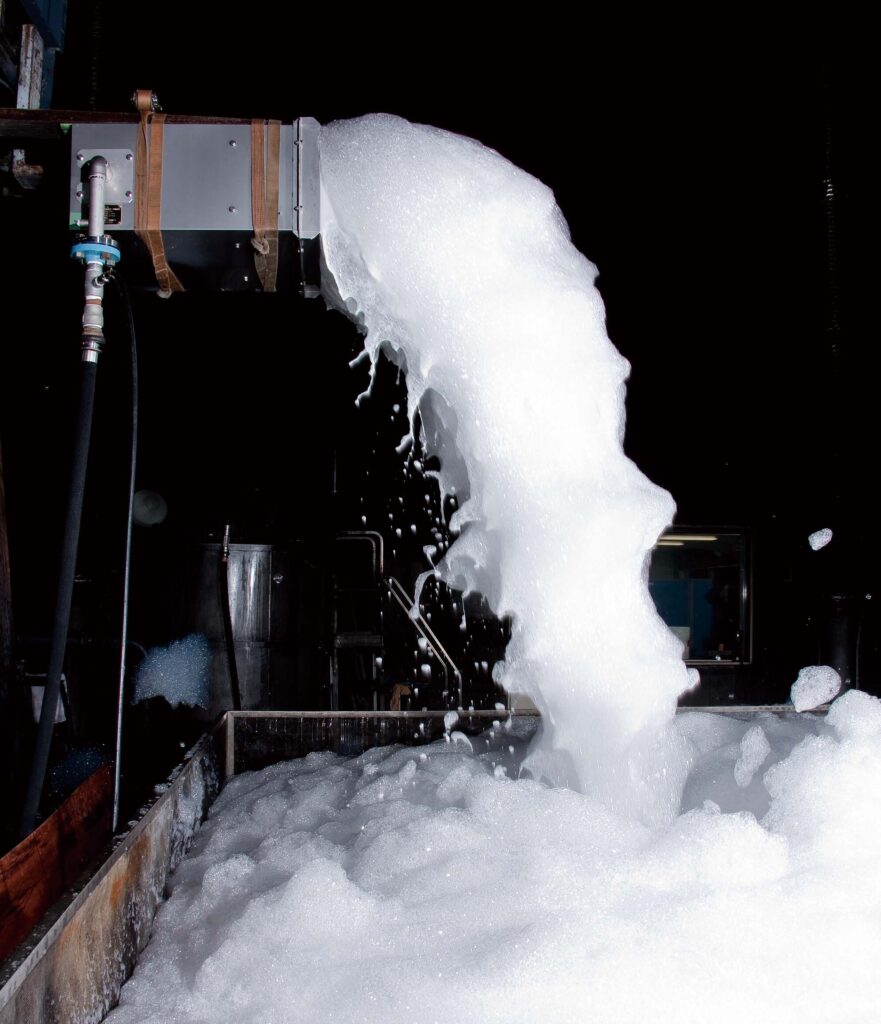Does your facility have an energy storage system (ESS)? If yes, your facility might be at a higher fire risk, so we recommend you to put in place effective fire detection and protection system which can prevent future mishap.
Various aspects including fire detection & fire suppression related to installation of stationary energy storage systems are covered in NFPA 855. From the various types of battery energy storage systems (like: lead-acid, nickel-cadmium, etc.) we’re going to focus mainly in this blog to ESS that have lithium-ion batteries.
Lithium-ion battery energy storage systems have been known to pose the greatest fire risk for facilities where these are installed. Here’s a little more information as to why, as well as to how you can protect your facility and people against fire risk posed by Li-ion battery ESS.

Fire Hazard Associated with Lithium-ion Battery Energy Storage Systems:
As long as lithium-ion batteries are stored and maintained properly, they don’t pose significant fire risks. However, for many facilities, it becomes easy to forget about them or keep up with regular inspections and maintenance and of course, there’s always a chance that something unexpected happens. That’s why it’s important to understand the potential hazards and do your best to prevent and prepare for them.
Thermal Runaway:
The main fire hazard associated with lithium-ion batteries is thermal runaway. Thermal runaway is a chain reaction that occurs as heat builds up in a lithium-ion battery faster than it can be dissipated. Here’s a more detailed run-through of how thermal runaway works:
When a lithium-ion battery malfunctions or suffers physical damage, it will likely experience an increase in internal temperature, which can be either gradual or sudden.
As temperature increases, the battery releases a toxic and explosive gas, which is what causes thermal runaway to occur.
Then, the chain reaction leads to an explosive release of all thermal and electromechanical energy stored in the cell, and the ignition of the toxic gas that’s been released.
Fire Safety Tips for Lithium-ion Battery Energy Storage Systems:
All that being said, it’s wise to dedicate time, energy, and money to figure out a plan of action to protect your facility from the threats that thermal runaway can bring. To do this, you’ll have to consider the following safety tips for fire safety of lithium-ion battery energy storage systems:
- Build Your Battery Energy Storage System In Accordance with NFPA 855
NFPA 855 is a standard that discusses a list of requirements to ensure fire safety, and it’s critical to read and follow them carefully. By building your battery energy storage system in accordance with NFPA 855, you can ensure you’re doing the best you can to prevent any risk and protect your property, products, and people.
It’s important to note here that NFPA 855 is updated fairly frequently, often on an annual basis. Industry experts are continuously learning more about lithium-ion batteries and the risks associated with them, so you should refer to the most current safety standards available for adequate protection. - Develop an Emergency Operations Plan in Conjunction with Your Local Fire Department and AHJ
If you’re planning to install a lithium battery energy storage system in your facility, you must consult with your local fire department and authority having jurisdiction (AHJ) to develop an emergency operations plan. This plan should be different from your emergency operations plans for other fire hazards, as lithium-ion battery energy storage systems pose different, often more severe, fire risk. Your local fire department and AHJ will likely have a greater understanding of lithium-ion fire risks, and will therefore help in creating a more successful plan. - Create Signage to Identify the Contents of Lithium-ion Battery Energy Storage System
As you install your lithium-ion battery energy storage system, you should also implement some signage around it. This signage should include information about the contents within your system. This helps to alert facility operators or first responders of the potential risks associated with the installation. - Equip Your Facility with Explosion Protection Devices
NFPA 855 requires that any facility with a lithium-ion battery energy storage system should be equipped with an adequate special hazard fire protection system, namely an explosion protection device. While there are a variety of explosion protection devices to choose from, explosion vent panels are some of the most popular. These panels are installed on the top of the battery energy storage system to safely direct the explosion upward, away from most of your people and property. - Install a Sprinkler and/or Suppression System
Sprinkler system and suppression system are essentially required to prevent risk posed from fire in protected space. These systems effectively combat fire, or at least control the fire until local fire department can reach to your facility. If your facility doesn’t currently have one, you’ll want to invest in one (or both!) of them.
What’s the difference between sprinkler systems and clean-agent gas suppressions systems? Sprinkler system releases water, while suppression system releases clean-agent gases like (IG-100, IG-541, NOVEC 1230 etc.), or chemical powders, or foam agent. In most cases, it’s recommended that facilities with highly combustible substances install a fire suppression system since water isn’t as effective as compared to clean-agent gases/chemical powder/foam. - Install Specialized Hazard Detection Systems
One of the most important choices you can make for limiting fire and explosion damage from battery energy storage systems is which specialized hazard detection system you install. There are a variety of detection options that can detect the conditions that precede thermal runaway from temperature increases to off-gasses, smoke, or flames.
The earlier your malfunctioning battery is detected, the sooner you can notify first responders, sound your alarms, evacuate the premises, and activate fire sprinkler system and/or gas suppression system. Depending on your unique application, some detection options may suit your facility better than others. Consult with a fire detection expert to help make the best choice.

Lithium battery storage is essential to your facility’s operations, but it can also present significant fire hazards, especially if you don’t have the right fire protection and detection solutions in place. Contact our team to get help discovering, implementing, and maintaining the fire protection and detection systems that will ensure safety of your premises & people.
